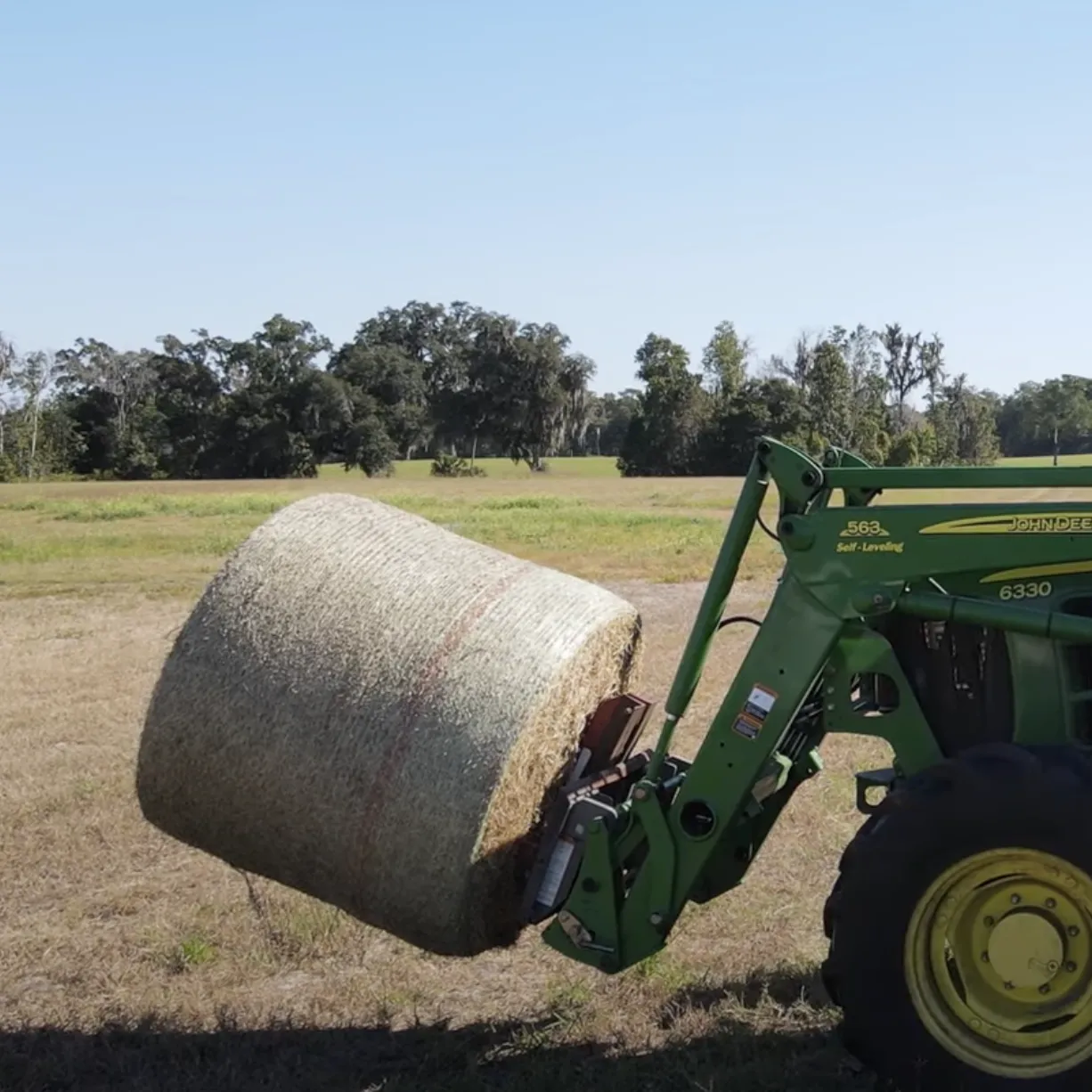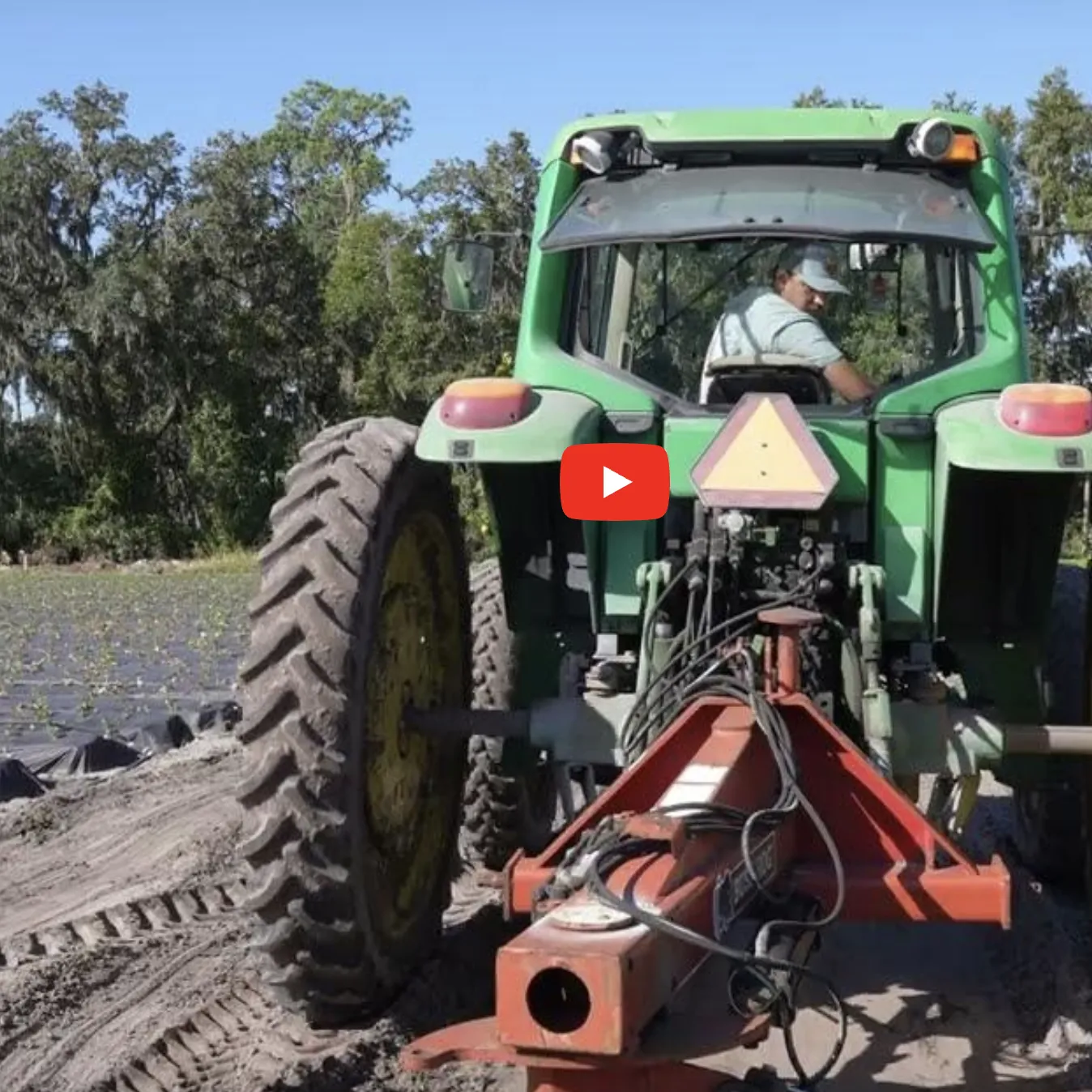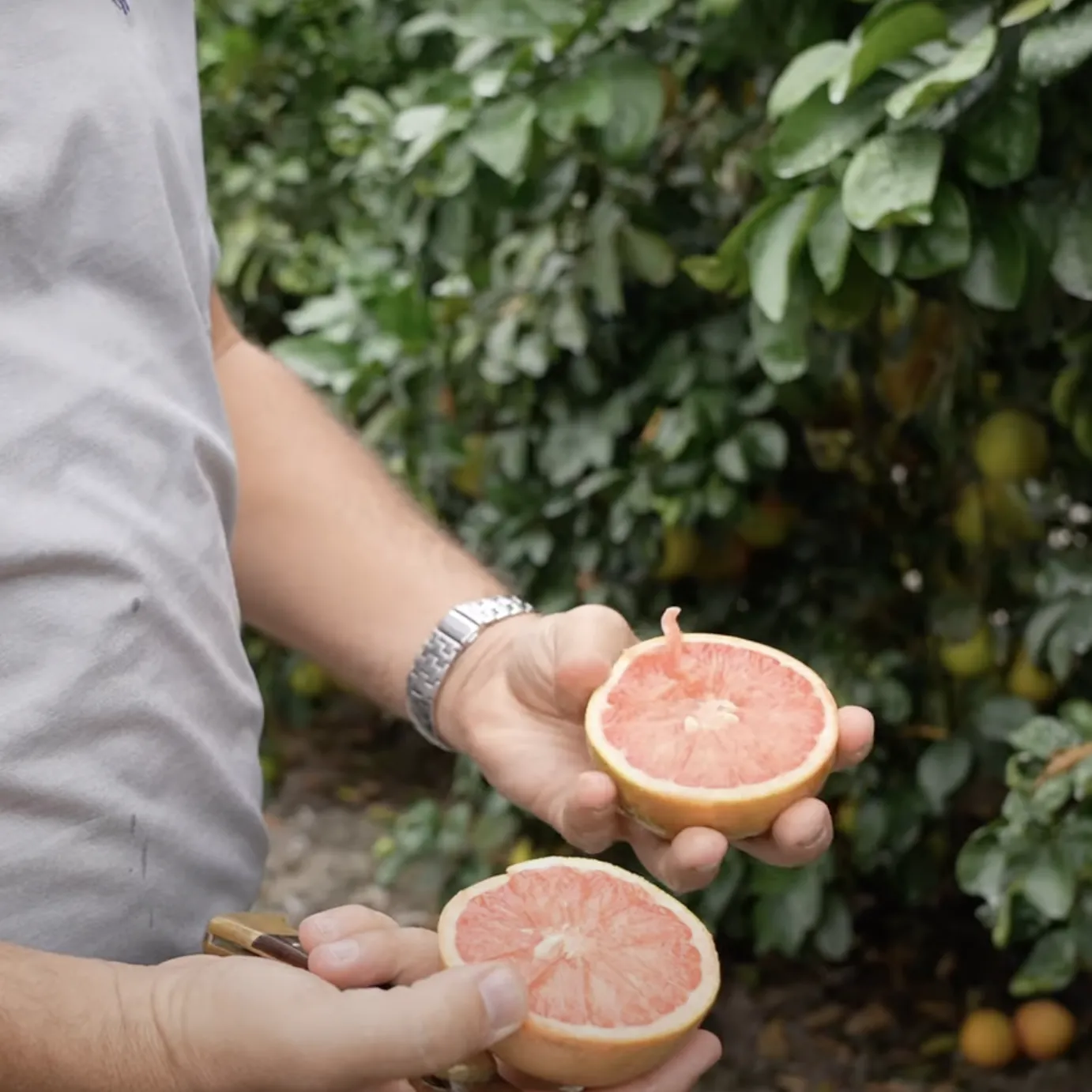Need to file a crop insurance claim?
Coverage Available for:
- Blueberries
- Strawberries
- Citrus Trees
- Citrus Fruit
- Nursery
- PRF (Pasture, Rangeland & Forage)
- Apiculture
- Peppers
- Tomatoes
- Cabbage
- Aquaculture
- Cut foliage
Benefits of Crop Insurance
Crop insurance helps you protect your most essential investments.
Why choose Farm Credit of Central Florida?
Coverage for your Agribusiness loans
Crop insurance lowers production risks and helps protect against catastrophic losses.
Confidentiality
Your confidentiality is of the utmost importance. With our top-of-the-line cybersecurity, your private information remains secure.
Expertise in Agricultural Risk Management
Simply put, we know agriculture. Our in-depth working knowledge of your operation allows us to craft a policy that optimizes your risk protection.
Crop Insurance Basics
While crop insurance isn't new, it is more important than ever to thousands of farmers. The ability to fit the coverage to your individual operation, obtain coverage at a meaningful level and affordable price, secure the coverage from a local insurance professional, like Farm Credit, and know that the coverage is in place and can be counted on for financial planning purposes all combine to make crop insurance the cornerstone of many farmers' financial and risk management plans. These benefits of crop insurance are not new, but they continue to account for the success and acceptance of the program.
Tailor Your Coverage
You can tailor your coverage to fit your own specific operations needs. You have a choice of coverage levels ranging from 50 up to 85 percent. Numerous coverage plans are available for many crops, including MPCI yield guarantee protection and revenue products that provide yield loss and price protection. These multiple choices of products and coverage levels provide you the opportunity to obtain coverage that fits your specific operation and risk management needs.
Premiums are Affordable
You are able to purchase crop insurance at more affordable prices because the government shares in the risk and administrative premium costs. This results in affordable protection, while also resulting in manageable costs for taxpayers.
Below are the important sales closing dates for crop insurance. Please contact us with any crop insurance questions you may have or feel free to refer to the USDA Risk Management Association website.
- Crop Insurance Deadlines
Crop Sales Closing Acreage Reporting Whole Farm Revenue Protection Feb 28 N/A Citrus Fruit April 15 N/A Citrus Trees April 15 N/A Nursery May 1 N/A Fresh Market Tomatoes - Fall (Transplant Planted between 8/1-9/15) July 31 Sept 30 Peppers - Fall (Transplant Planted between 7/1-7/31) July 31 Sept 30 Fresh Market Tomatoes - Spring (Transplant Planted between 1/15-3/15) July 31 March 31 Peppers - Spring (Transplant Planted between 1/15-3/15) July 31 March 31 Cabbage - Fall (Planted between 9/12-10/31) Aug 15 Nov 31 Cabbage - Winter (Planted between 11/1-12/15) Aug 15 Dec 31 Strawberry Aug 31 N/A Citrus APH Nov 1 N/A Blueberries Nov 20 Jan 10 Apiculture Dec 1 N/A Pasture, Rangeland and Forage Dec 1 N/A - Tips and Hints
- Remember to look at all the levels of crop insurance when reviewing a crop insurance quote. The U.S. Government subsidizes all the various levels of crop insurance, thus making crop insurance very affordable. For example, at the 60 percent crop level at 100 percent of the market price, the U.S. Government pays 64 percent of the farmer’s insurance premium and the farmer pays the other 36 percent of the premium plus the $30 administrative fee.
- Work with a crop insurance agent that provides all the available levels of crop insurance coverage. It is very important for you to pick the level of coverage that best fits the needs of your farm operation.
- A farmer with one or more years of low yields should ask about the “Yield Adjustment Option”. This option allows a figure equal to 60 percent of the county average yield to be substituted for one or more years with low yields.
- Keep and read the policy and crop provisions for the crop(s) that you insure. Start a filing system so you can maintain all the important crop insurance paperwork.
- Each year, a farmer has the option of changing the level of coverage as long as this decision is made by the sales closing date. If no change is made, then the farmer is signed up for the same level of coverage as he/she had last year.
- Always keep accurate production records. Farmers are required to keep accurate records and crop insurance companies may ask to see such records from time to time. The following types of “hard copy” are acceptable: 1) farm management records, 2) FSA records, 3) FCIC or MPCI company records, 4) elevator or warehouse receipts, and 5) farm stored production.
- For spring crops, your actual production history (APH) can include up to 10 continuous years of ACTUAL PLANTED yield history.
- Other Crop Insurance Resources
Want to learn more? Please click on the following links to get details.
USDA RMA Website
USDA Economic Research ServiceHurricane Insurance Protection - Wind Index (HIP-WI) Fact Sheet
Hurricane Insurance Protection - Wind Index and Tropical Storm Option Video
Please note that Farm Credit of Central Florida does not promote, provide, endorse, or guarantee products or services, information, or recommendations available through the external links above. Farm Credit is not responsible for the contents of any of these external linked sites.
Certain limitations, conditions, and exclusions apply to Farm Credit of Central Florida's crop insurance products. Please refer to the policy for more details. Patronage dividends are subject to eligibility.
Farm Credit of Central Florida is licensed to sell crop insurance in the following states: FL, OR, CA, GA, SC, TX, IL, OH, and MS.
Hear what a few of our members have to say:
Ready To Get Started?
Get in touch with us and we'll be happy to help you through the crop insurance process


